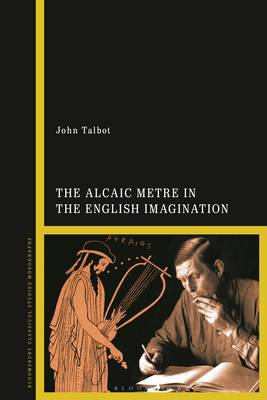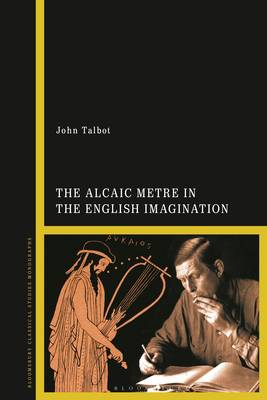
- Retrait gratuit dans votre magasin Club
- 7.000.000 titres dans notre catalogue
- Payer en toute sécurité
- Toujours un magasin près de chez vous
- Retrait gratuit dans votre magasin Club
- 7.000.0000 titres dans notre catalogue
- Payer en toute sécurité
- Toujours un magasin près de chez vous
203,95 €
+ 407 points
Format
Description
This book reveals how a remarkable ancient Greek and Latin poetic form -- the alcaic metre -- found its way into English poetry, and continues shaping the imagination of poets today. English poets have always admired the extraordinary beauty and intricacy of the alcaic stanza (Tennyson called it 'the grandest of all measures') and their inventive responses to the ancient alcaic have generated remarkable innovations in the rhythms, sounds and shapes of modern poetry. This is the first book-length study of this neglected strand of English literary history and classical reception.
Attending closely to the rhythm and texture of their verses, John Talbot reveals surprising connections between English poets across five centuries, among them Mary Shelley, Milton, Marvell, Tennyson, Edward FitzGerald, Wilfred Owen, W. H. Auden and Donald Hall. He gives special attention to a flourishing of English alcaics during the late twentieth and twenty-first centuries, and what it suggests about the changing place of classics and poetic form in contemporary culture.Spécifications
Parties prenantes
- Auteur(s) :
- Editeur:
Contenu
- Nombre de pages :
- 240
- Langue:
- Anglais
Caractéristiques
- EAN:
- 9781350232495
- Date de parution :
- 14-07-22
- Format:
- Livre relié
- Format numérique:
- Genaaid
- Dimensions :
- 156 mm x 234 mm
- Poids :
- 508 g

Les avis
Nous publions uniquement les avis qui respectent les conditions requises. Consultez nos conditions pour les avis.






